Walking into Middle Kingdom Wrestling’s (MKW) sold out ‘Battle of the Decade’ in Beijing was like stepping into a realm between worlds.
Screaming fans – an astoundingly even mix of foreigners and locals – roared over the loud thuds and cries made by the performers in elaborate spandex outfits as they hit the mat in an impressive wrestling ring built within a live house.
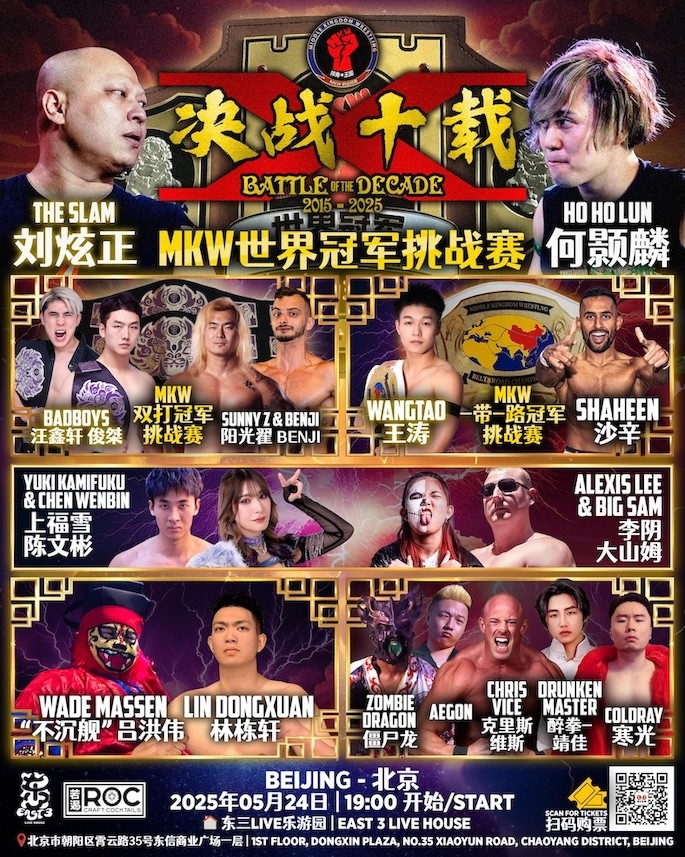
Flyer for MKW's 'Battle of the Decade' in Beijing
Pro wrestling – with all its overly dramatic glamour and pseudo-gore – was something we thought was a purely American pastime.
Seeing Asians take the stage with starkly larger foreign performers, as they body slammed, backflipped, and pinned their paths to victory, was fascinating to say the least – which is why we couldn’t have been more excited to see the trailer for The Slam at the event.
The Slam – a docuseries about pro wrestlers in China – is filmmaker Johnny Perrone’s latest project, and the product of a massive undertaking he began almost two years ago.
Perrone moved to China in 2012, and he worked at all levels of the film industry in and out of the Middle Kingdom.
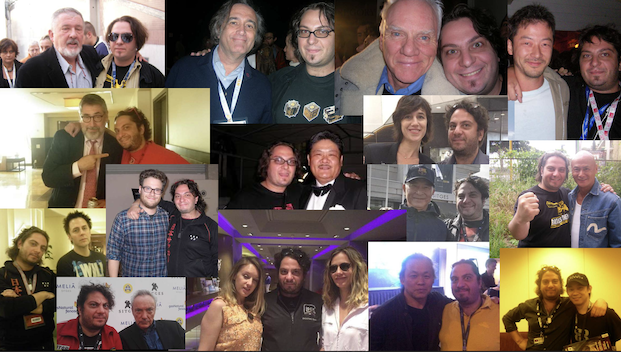
Perrone with the who's who of Hollywood. Image courtesy of Perrone
He spent the last year visiting Guandong, Shanghai, and Beijing following Chinese pro wrestlers and gathering footage to tell stories from this enthralling world.
Perrone spared a moment, as he finishes the difficult process of editing The Slam, to talk to us about how the project began, the people involved, and what we can expect to learn from the docuseries.
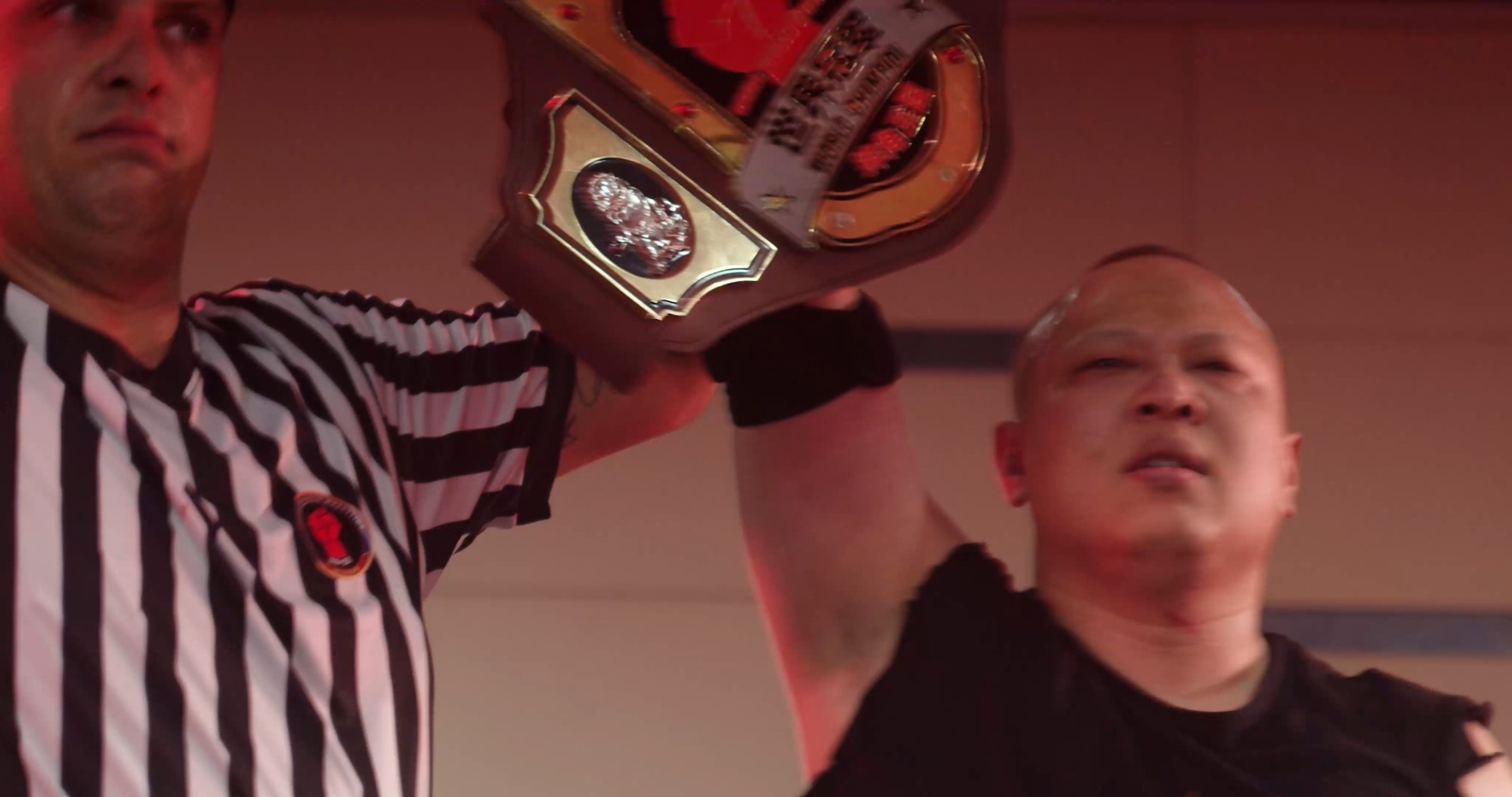
The Slam, title character of docuseries, winning his championship belt. Image courtesy of Perrone
What inspired you to make a documentary about Chinese pro wrestling?
A friend of mine told me he was doing wrestling, and I was surprised because he doesn't really have the ‘body’ for that. Through him, I found out about MKW, which is one of the main promoters [of pro wrestling] in China.
Don't get me wrong, most of the performers on their roster are muscular, but I was intrigued by the weirdness of the situation. I kept thinking about it for a while after that – promising myself I would do something with it.
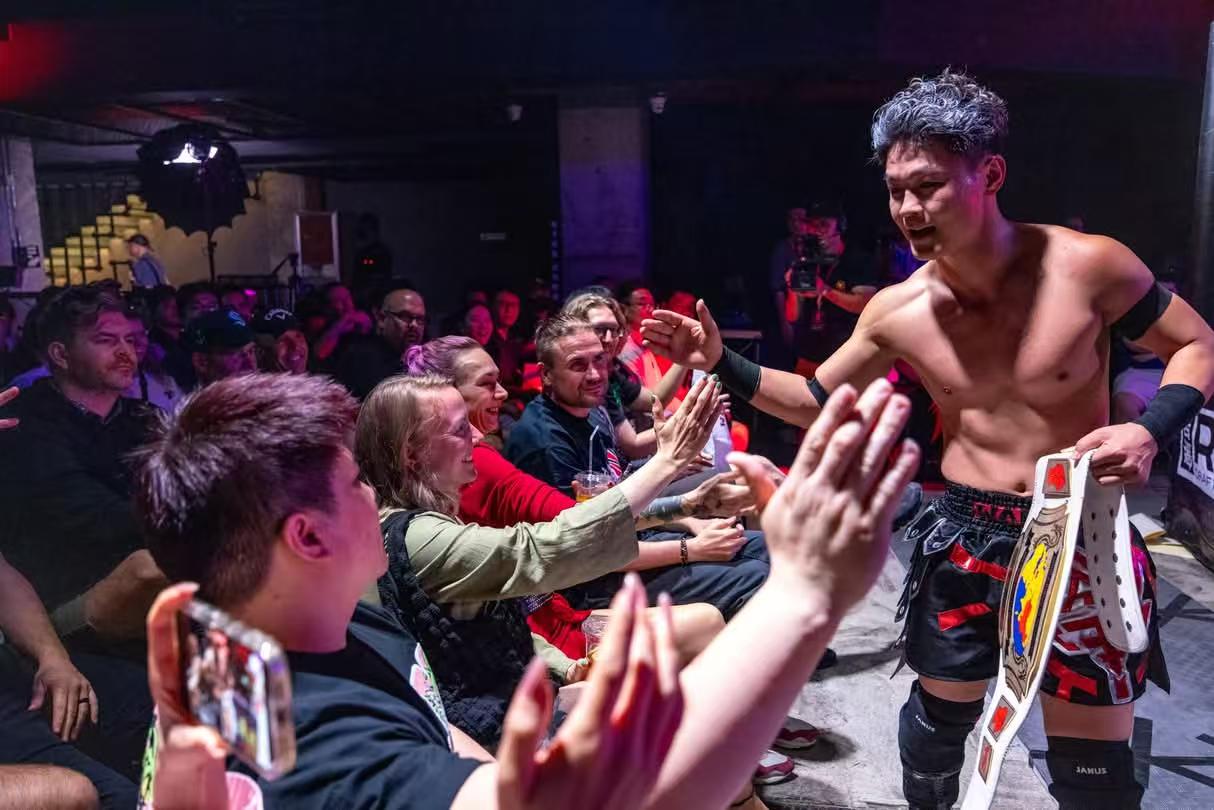
Rising champion Wang Tao. Image by Anran Zhang
I was a huge fan of wrestling during my childhood in the 80s, and I was trying to think of a way to tell a story in a totally different way from the many existing wrestling films and documentaries, which usually focused on the dark drama of the industry – for example The Wrestler or Iron Fist.
I finally decided to just get into filming while I searched for the right angle. I wanted to do something more audience-targeted after my sci-fi feature, Spillover, which is going to be released in the West this month.
While shooting the footage, I found my inspiration and now here we are…
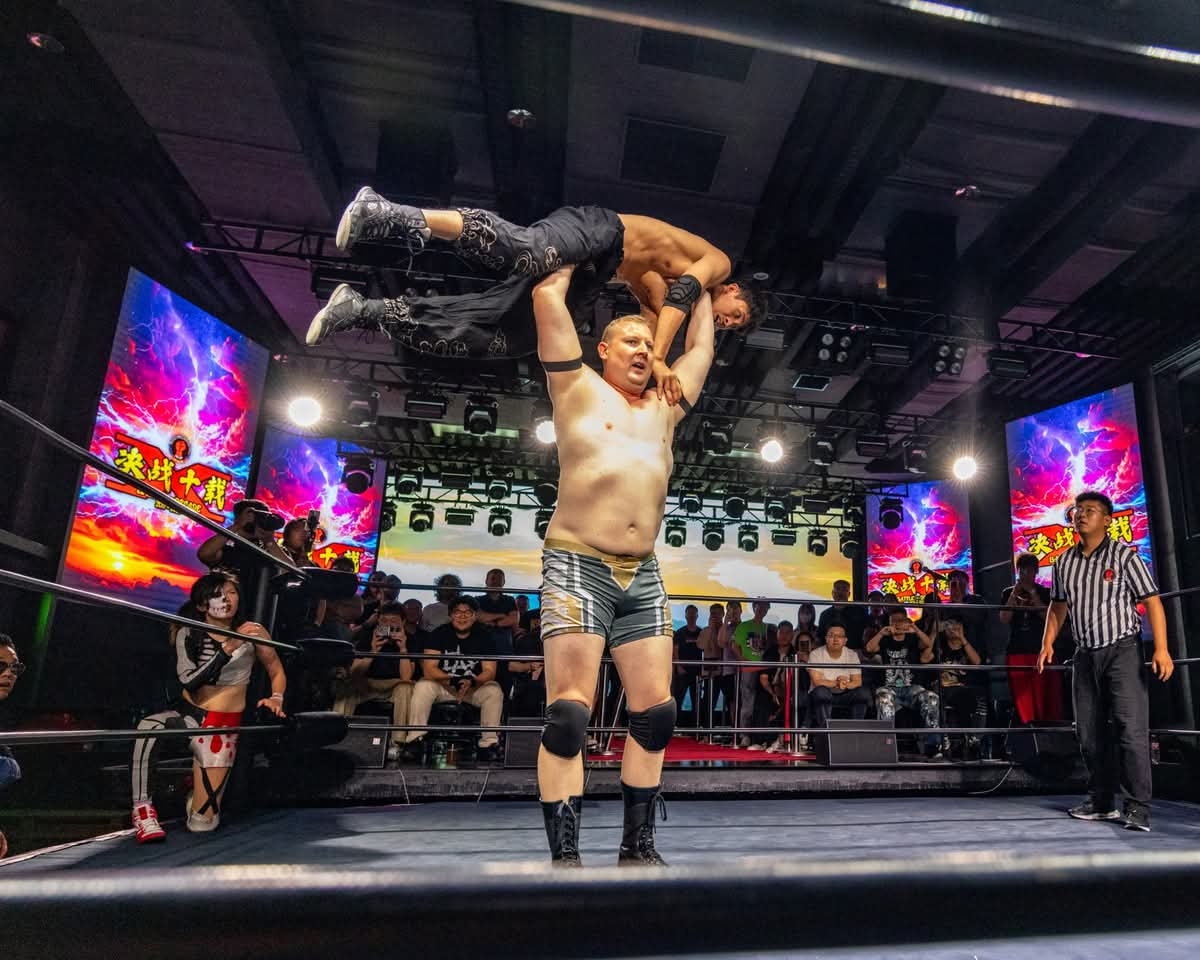
Match at Battle of the Decade. Image courtesy of Perrone
What were the biggest challenges you faced during the production of The Slam?
Trust – over the span of around two years, I explored the movement. With the help of Adrian Gomez [the founder of MKW], I identified the stories that were worth telling and the people behind them – the ones who had a special drive.
At the beginning, I was like an alien in the scene, but I felt like a kid in a toy shop. Then I found amazing people with great devotion and big dreams – I had to invest a lot in terms of time and resources to make that happen.
I had to sacrifice a more stable position in life for The Slam – it was not an easy time, but I know it will payback.
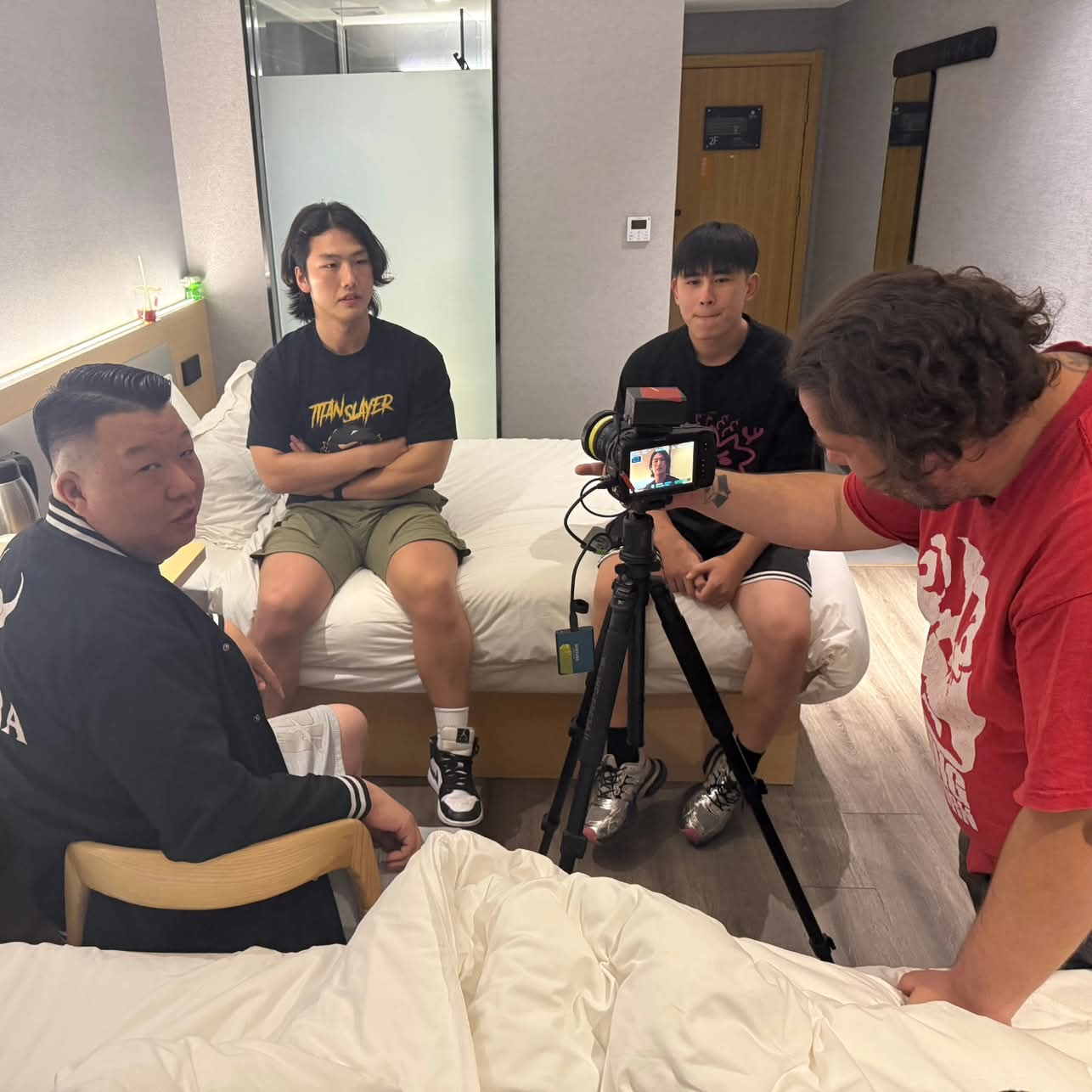
Perrone shooting The Bad Boys and wrestling agent Shawn Ng. Image courtesy of Perrone
What were some of the most memorable moments or experiences you had while filming?
Some of the best times were shooting in Guandong with The Slam – the wrestler who lends his name to the project, and the one who revolutionized the scene in China.
Being behind the scenes, I had that feeling you’d find hanging in the crowded backstage of a punk rock concert.
It was really something talking with these superheroes (that's how I define them for the look and the heart they have) and trying to catch their deeper emotions in and out of the ring.
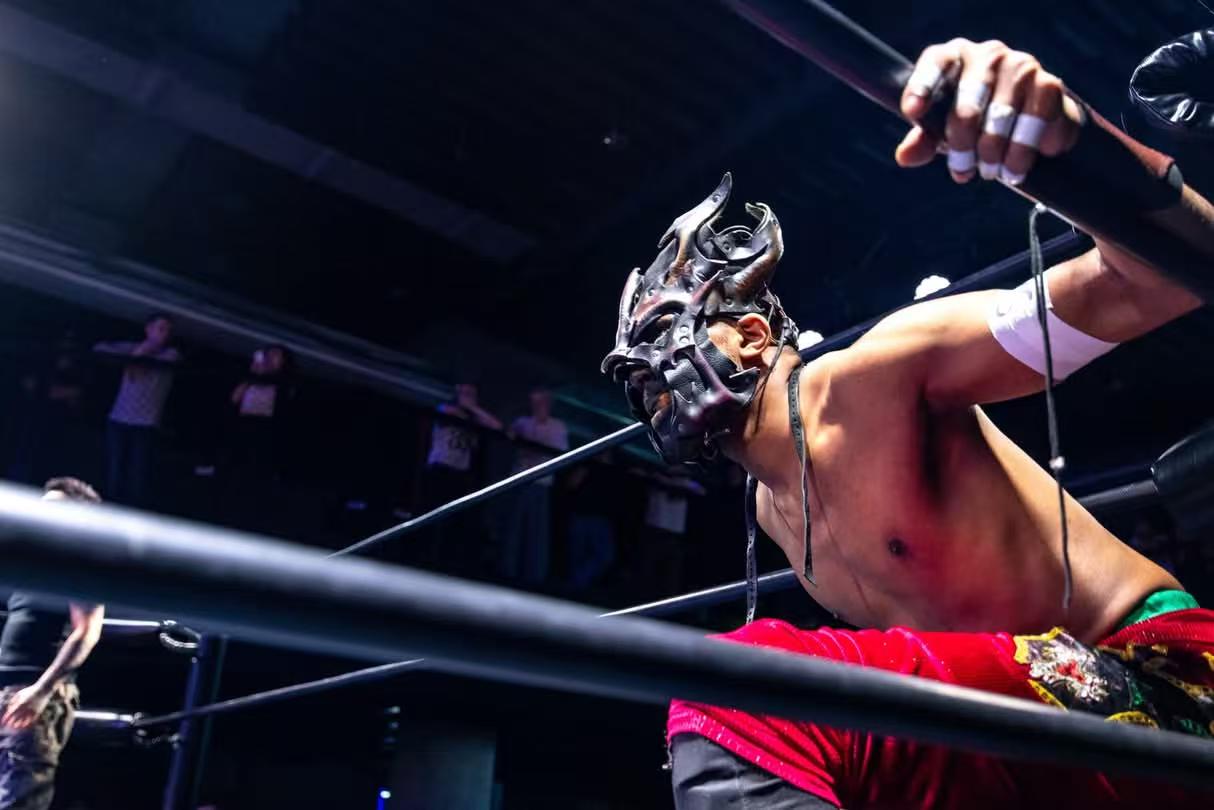
The green paint spitting Zombie Dragon. Image by Anran Zhang
The ring is a temple, and the backstage area is the prayer room
Introducing the project to Xinhua and the authorities at the Venice Film Festival was a key moment. Then, the presentation of the trailer in Beijing on the ring was a dream come true, because I had never actually stepped up on a ring before that. I'm grateful for every moment.
I'd love to mention all my protagonists, but it is a long list – it is an ensemble film like Pulp Fiction that goes beyond the ring. As a gentleman, I will just mention Alexis Friggin’ – who will shock the audience, I promise.

Perrone filming female champion, Alex Friggin'. Image by Anran Zhang
What were some of the most surprising aspects of pro wrestling in China that you discovered?
Devotion – showing how much there is in the pro wrestling world is the main concept behind the project.
The wrestling industry is painful, hard, unpredictable, and obsessive. They put in a huge amount of physical effort, much like classical dancers do.
My protagonists don't look like Stone Cold, Hulk Hogan, or The Rock – they look like you and me. They struggle like you and me. They are heroes and with this film, we are telling their legends.
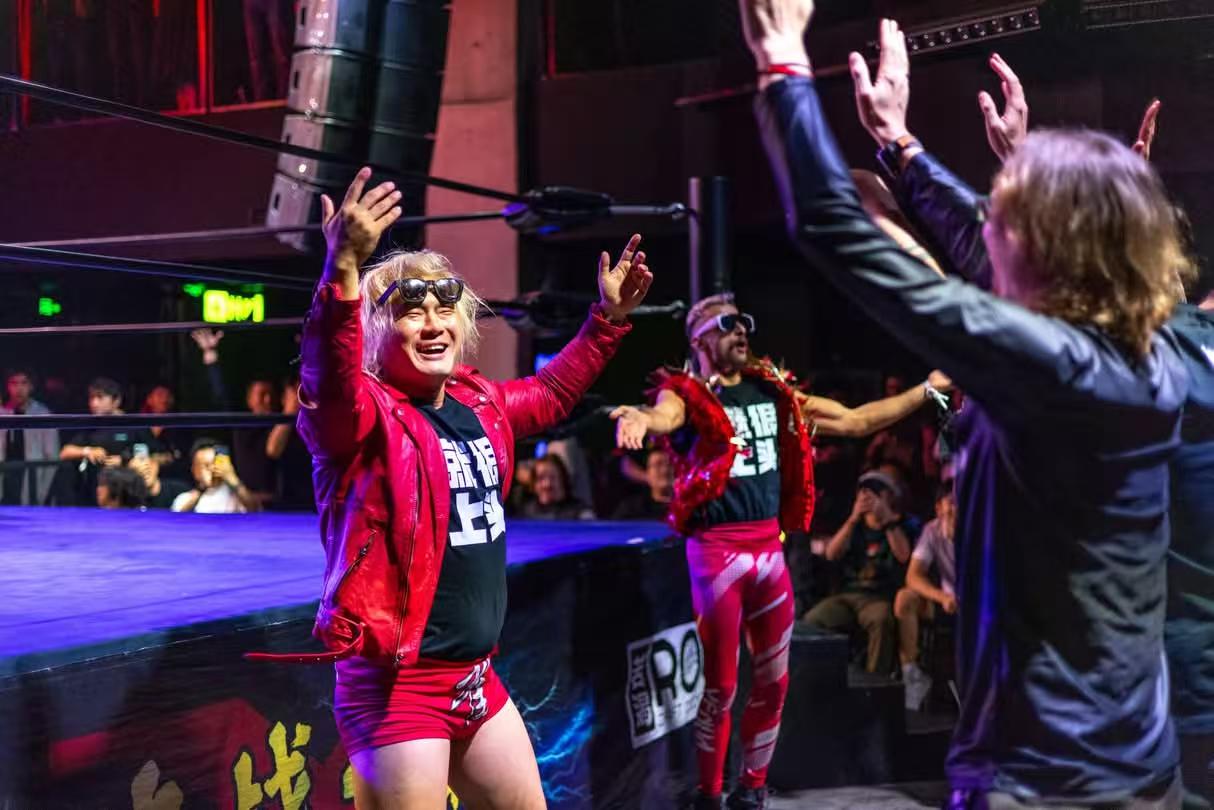
The new Tag Team Champions, Sunny Z & Benji. Image by Anran Zhang
What are some of the key themes or messages you hope viewers will take away from The Slam?
The project has always been geared mostly towards targeting western audience because of the storytelling structure I foresaw when I started filming.
I am now editing a story about wrestling, but at the same time a story about the proud resilience of China; I have no doubt that western audiences will be amazed by these guys.
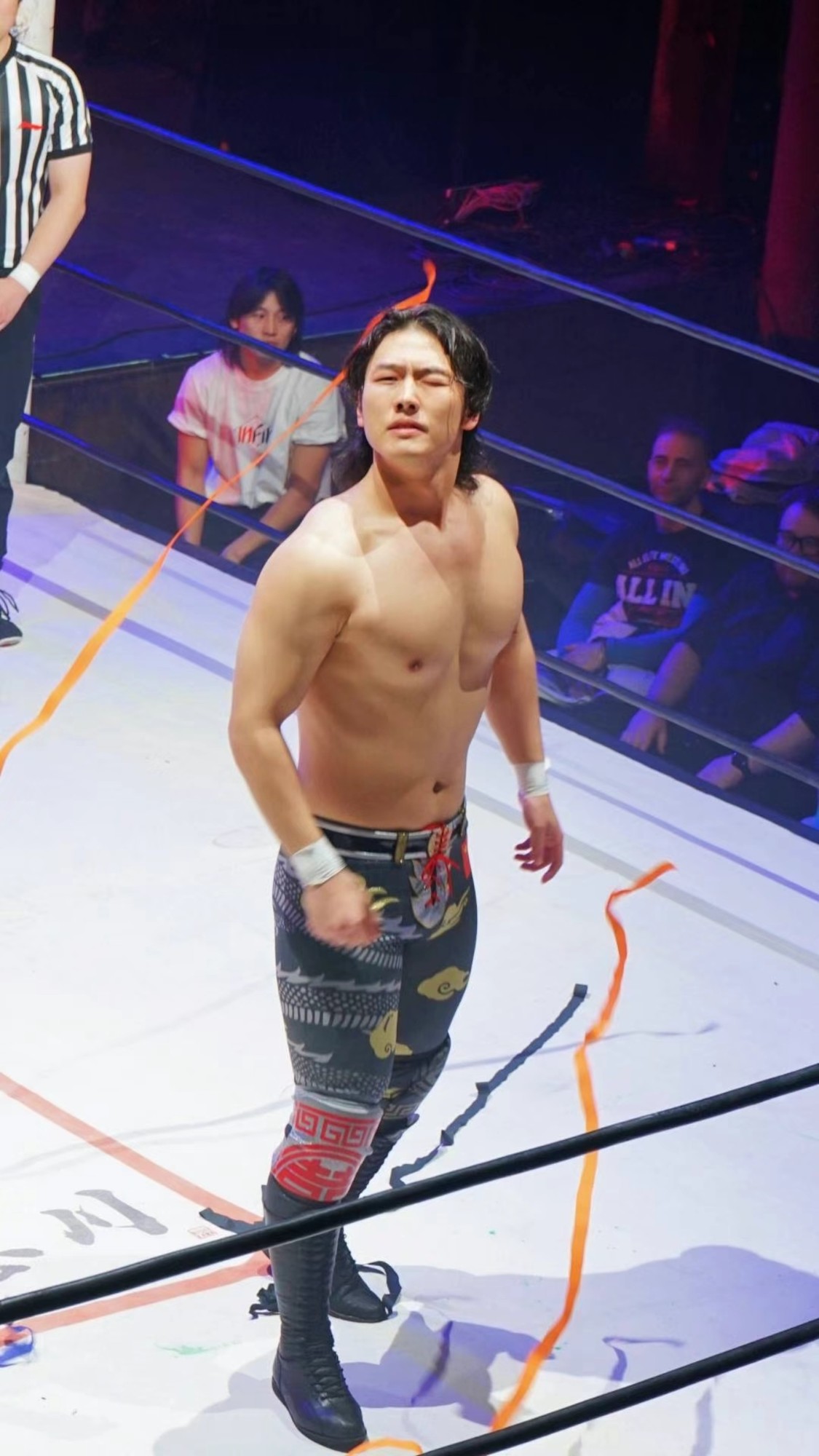
Junjie – a Chinese wrestler who made it big in Japan. Image by Anran Zhang
How has the project been received so far by both the participants and viewers?
The ‘artists’ are excited – some of them a bit too much [laughs]. I did everything in the power of my narrative skills to respect and protect their vision and hopefully bring them the right exposure in the future.
It is not only the wrestlers who are coming out as amazing characters in the editing room, but also some of the guys that are ‘behind the ropes.’ In a way, two of them are the real protagonists because they have great personalities.
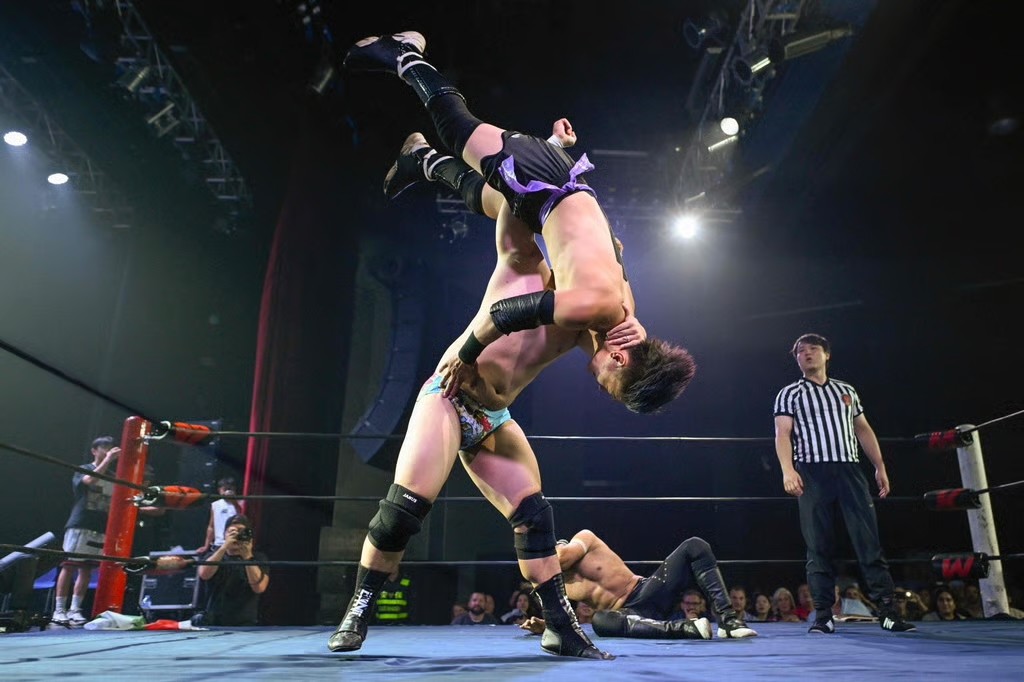
MKW match. Image via SMCP
Again, The Slam is not just about documenting sports entertainment – it tells the epic stories of incredible human beings.
My aim is to make audience laugh, clap, scream, and cry with emotion.
In addition, there is a lot about Chinese culture. The Beijing event was covered on NBC in the US, and the comments they got in America confirmed that we are heading in the right direction.
The final product will be a surprise for everyone!
[Cover image via Taipei Times]

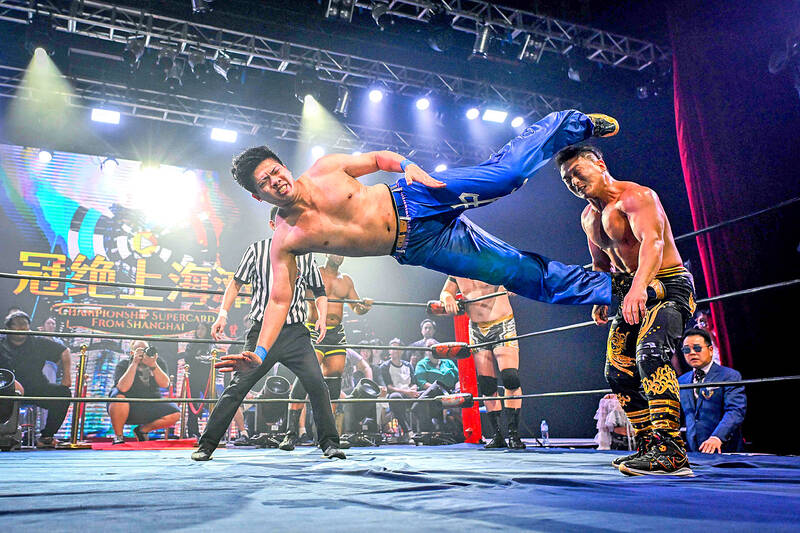





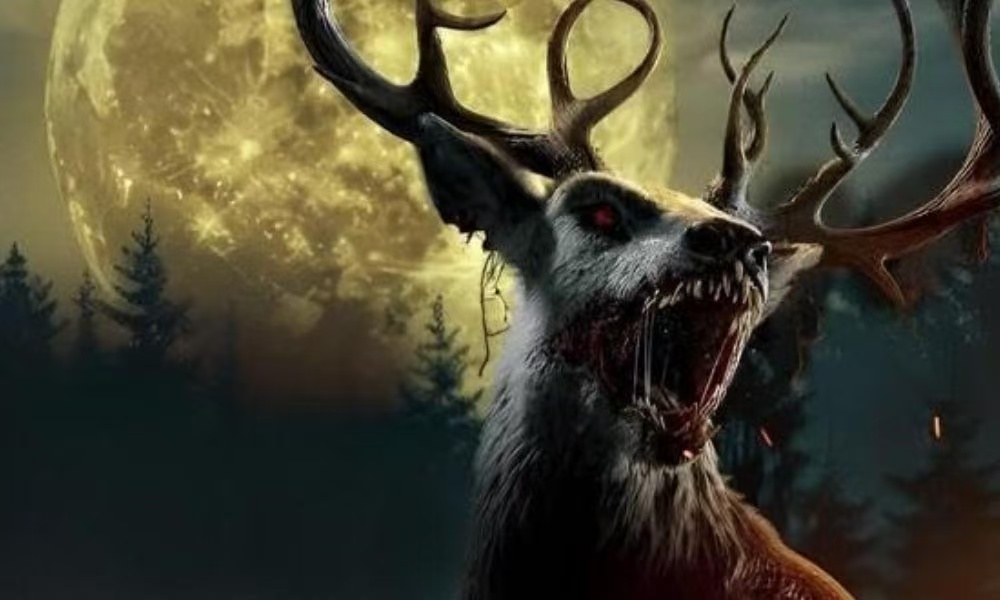












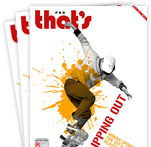
0 User Comments